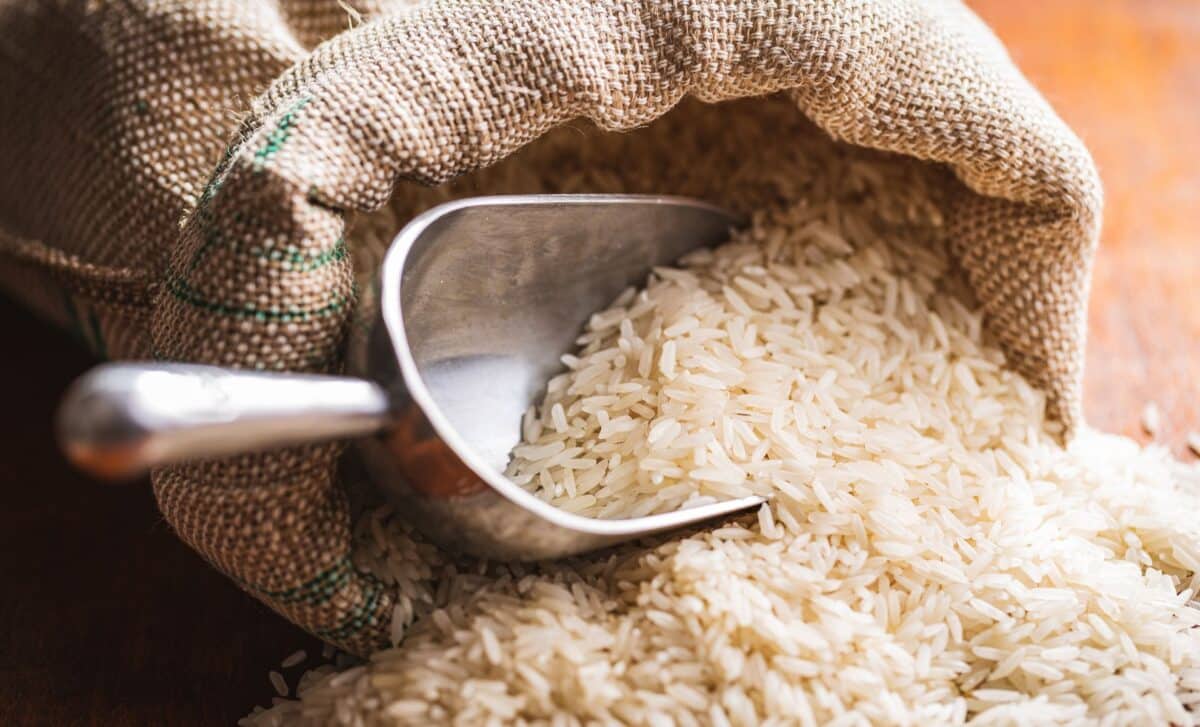A recent report has identified concerning levels of toxic heavy metals, including arsenic and cadmium, in rice sold at grocery stores across the United States. The findings highlight potential health risks, particularly for infants and young children who consume rice regularly.
This investigation sheds light on a public health issue that has largely gone unregulated: while limits exist for arsenic in infant rice cereals, no federal standards apply to the rice commonly served at family meals.
Widespread Contamination Found in u.s. Rice Samples
According to the report by Healthy Babies, Bright Futures, an organisation dedicated to reducing children’s exposure to toxic chemicals, arsenic was detected in every rice sample tested. The study examined 105 brands sourced from 20 metropolitan areas across the country, including major cities such as New York, Los Angeles and Miami.
One in four samples exceeded the FDA’s federal limit of 100 parts per billion (ppb) for inorganic arsenic, a toxic form of the element classified as a carcinogen by the Environmental Protection Agency.
Cadmium was the second most prevalent heavy metal found, with lead and mercury present at lower levels. Overall, total heavy metal concentrations in rice ranged from an average of 63 ppb to 188 ppb, with some samples surpassing 240 ppb.
The report emphasises that infants and toddlers are especially vulnerable to the neurological and developmental effects of these contaminants.
In response, the USA Rice Federation stated that while trace amounts of arsenic in rice may raise concerns, they do not believe there is a public health safety issue. They maintain their commitment to cooperating with the FDA to ensure rice meets any regulatory thresholds established.
Variety and Origin Influence Heavy Metal Levels
The report highlights significant differences in heavy metal content depending on the type of rice and its region of cultivation. Brown and wild rice showed higher concentrations, as the milling process for white rice removes the outer layers of the grain where metals accumulate.
Samples of rice grown in California, including Calrose and sushi rice, exhibited the lowest levels of heavy metals, often falling below the FDA’s arsenic limit for infant cereals.
Conversely, rice grown in the southeastern U.S., as well as arborio rice from Italy, contained higher levels. Some aromatic varieties like basmati from India and jasmine from Thailand also showed comparatively lower arsenic levels but higher cadmium content.
To reduce exposure, the report recommends cooking rice in abundant water, similar to pasta, and draining the excess liquid to remove a substantial amount of arsenic. Additionally, consumers may consider alternatives such as quinoa, barley or couscous, which contain lower overall levels of heavy metals.
Stronger federal oversight and clearer labelling of rice origin are advised to help consumers make informed choices and limit exposure, particularly among young children. The FDA continues to review the presence of contaminants in the food supply as part of broader efforts to ensure public safety.









